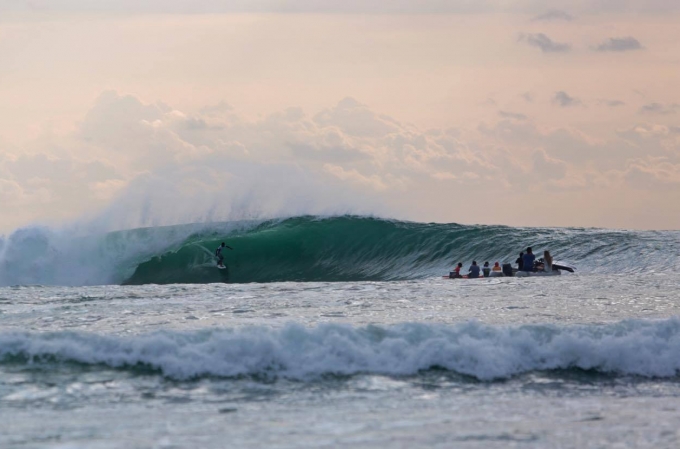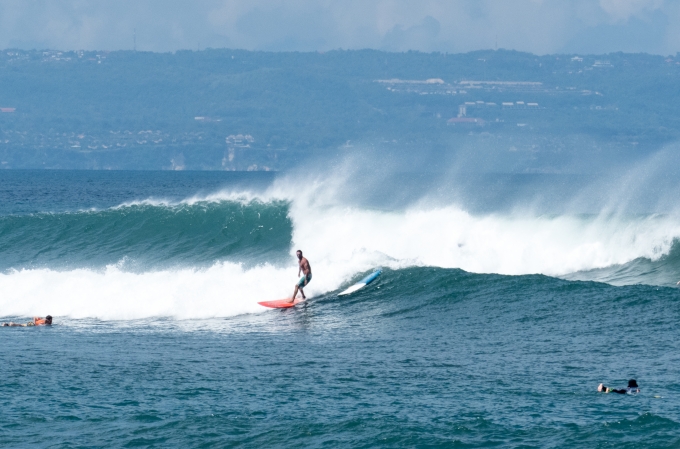Expectations vs. Reality: What Surfing Is Really Like As A Beginner
August 05, 2017 | 0 Comment
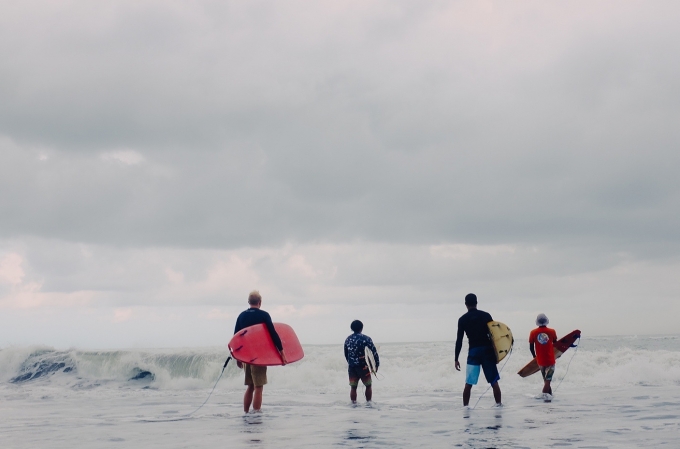
As someone who’s a bit of an adrenaline junkie, surfing has always intrigued me since I saw it for the first time in Central America; watching my friends coming back to shore with the biggest grins on their faces looking like they had won the lottery.
Three days into being in Canggu, I stood along Batu Balong beach with my pals from In Da Surf and before I knew it, that same grin I saw upon my friends faces in Central America appeared on mine as I caught my first wave…but that’s not the whole story.
From the shoreline, you see the flow of surfers waiting patiently in the water with the ocean glimmering as they catch a wave that looks nothing but glamorous. You see them paddling with ease as they glide under and over the oncoming waves and you think to yourself “This looks rad! I could easily do this!” But what you don’t see is their perspective from the other side.
That glimmering water is now like a battleground and quickly you realize that Mother Nature holds all the power and you should both fear and praise her. Your arms will be exhausted from the constant paddling leaving you to yell to your instructor “Am I even moving?!” you’ve been in the washing machine more times than you can count and you quickly realize that this is a hell of a lot more difficult than it appeared from the beach. (And with that, your glamorous surf dreams of looking like a pro on your first day get washed away.)
For all you newbies out there, We’ve debunked what surfing for the first time is actually like and some top tips from advanced surfers so you can keep your head above water.
If you can skateboard/snowboard, you can surf.
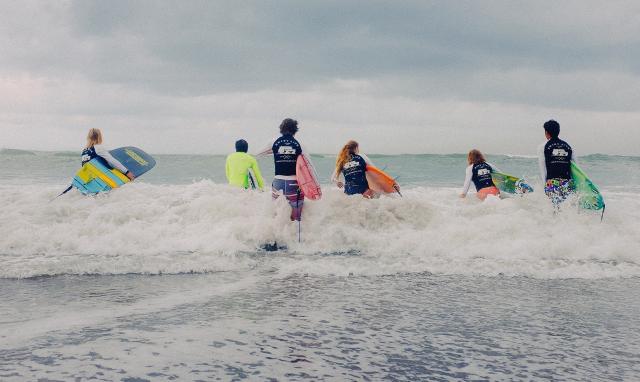
Two words: Think again. From someone who’s spent their youth skateboarding and snowboarding, I figured surfing would be a synch.
The reality?
- I probably ingested a few liters of saltwater from falling off my longboard
- My first wave I caught was spent crouching down on the board rather than standing, holding on for dear life.
- There’s a good chance I may have uttered the words “Oh dear god” as I held onto my board right before as a gigantic wave crashed down upon me with my board flying in one direction as I flung around like a rag-doll under the water.
The Washing Machine
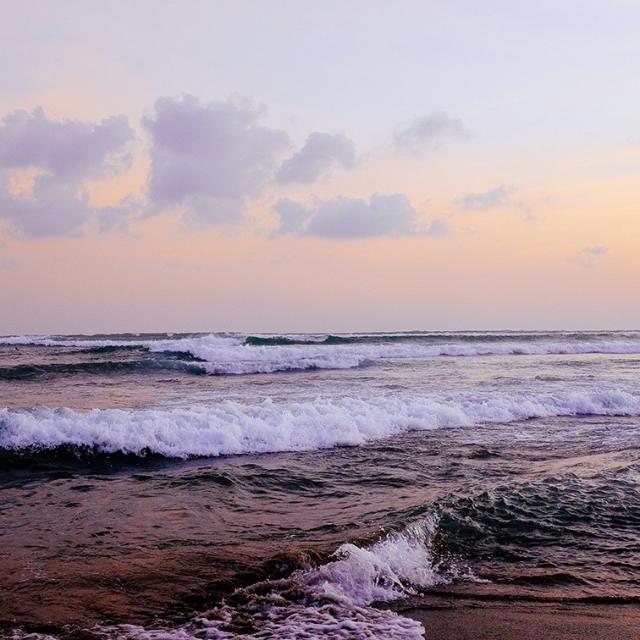
This is a term you will hear and experience frequently while surfing regardless of if you’re a beginner or a pro. Mother Nature is a powerful beast and expect to get your ass kicked when you’re in the water.
A “Washing Machine” describes getting rolled and thrown around under water by a breaking wave.
The key is not to panic, relax, let it happen and swim out calmly.
The First Lesson
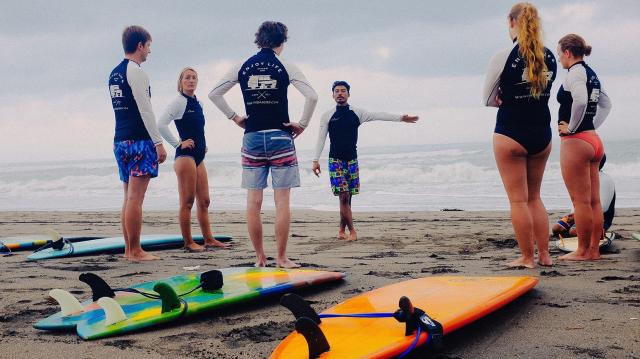
The first lesson shouldn’t be trying to stand up on the board. First, you should learn to stabilize the board and how to properly paddle. If you can master this, you’ll be catching waves in no time.
Surfing is 90% paddling and waiting for the perfect break. Only 8% of surfing is spent riding waves.
I can learn by myself.
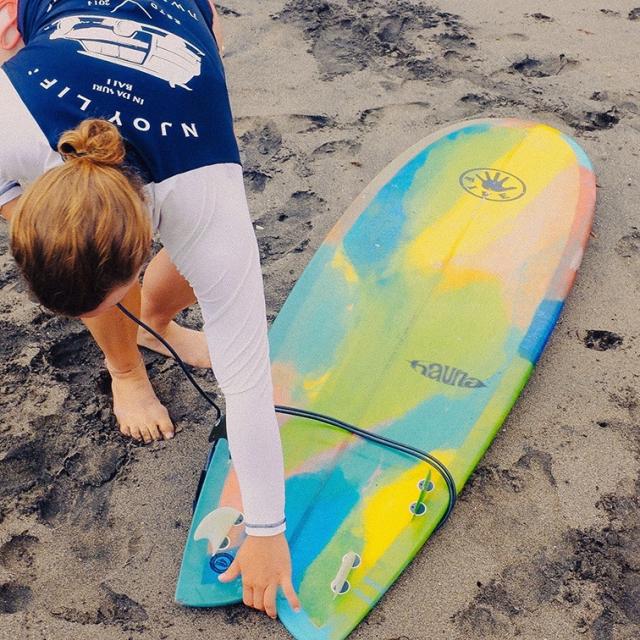
No matter how easy surfing appears from the soft sand your laying on, it’s a whole different ball game once you’re in the water.
You need to be able to read the wave, know about the rip currents and how to get out of them, what board is best suited for you, know the unwritten rules of the lineup and surfing etiquette, how to properly stand, wipe out properly, paddle and a whole lot more.
Learning from a surf school or advanced surfer will not only instill confidence in your practice but also teach you what you need to know in order to remain safe and excel faster.
Pain for Pleasure
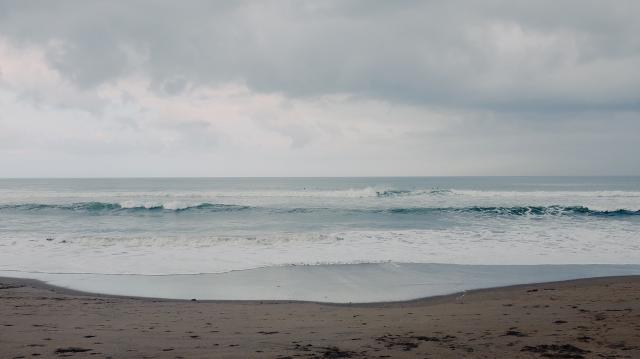
- Most accidents happen with your own board. Try to fall far away from your board – to the side, not the tail (the back) or the nose (the front).
- When you fall into the water protect your face with your arms.
- If a wave is about to break onto you, look around to ensure no one is around you and throw your board to the side and try to swim under the wave.
- Invest in a pair of reef booties to protect your feet from getting cut on the reef or sea urchins.
Understanding Waves

When you’re first surfing, you realize quickly that without an instructor’s guide, knowing how to read a wave is challenging. As a beginner you are constantly in the wrong position because you don’t understand the waves.
Aftermath of Surfing = Bruised and battered
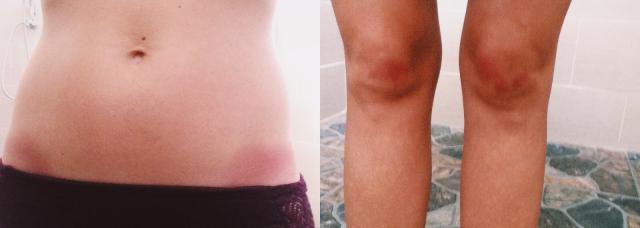
After a well-deserved sleep, the next morning after surf I hope you have paracetamol next to your bed because everything is going to hurt. If you didn’t already cut your feet on the reef walking back to shore, you most definitely will be rewarded with your knees, your hips, your stomach and hands resembling the color of a plum. (Do yourself a favor and cover them up before people start asking if you were beaten up.)
Surfing is An Abusive Relationship – and were stoked.
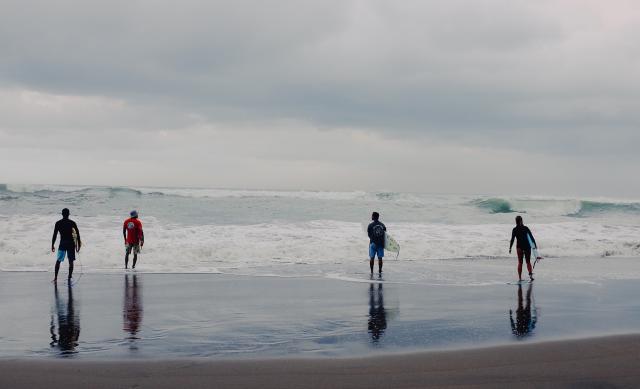
So now you know what it’s really like your first time surfing and you’re probably asking yourself now “Why would anyone love it after so much abuse?”
At the end of the day, we may have been beaten up, washed around, battered by the ocean and utterly exhausted but it all fades away as you ride that first wave. The onrush of shock, excitement and adrenaline rush through your body and it is then that you’ve caught the stoke and I can bet you any money, at the end of your session, you’ll already be asking to have your second lesson booked.
Categories
Popular post
Surfing Spots: An Advanced Guide of Surfing Beaches in Bali
May 22, 2017
Bali is every surfer’s paradise. There are tons of surfing spots around Bali whether you...
A General Guide to Surfboard Fins
September 21, 2016
(cover photo credit @victorcrespo.photo) This is by no means a definitive guide to...
